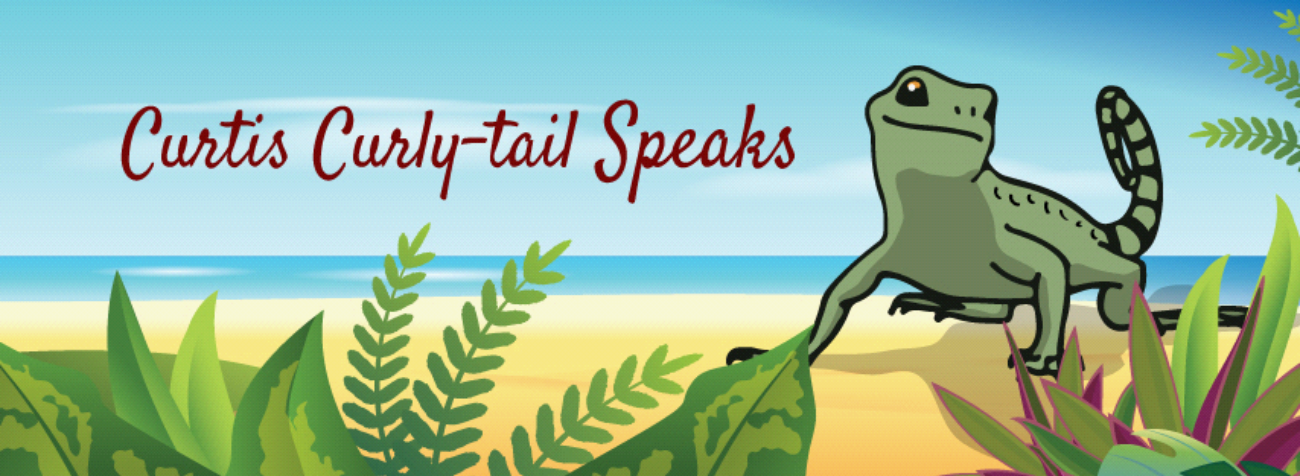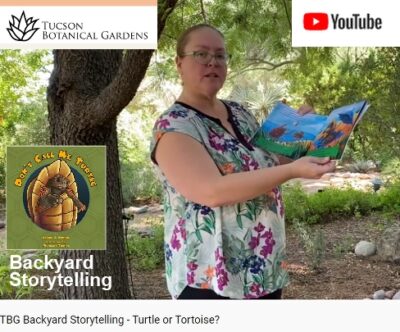The Joyful Mystery of Seeds and Spring by Jo Busha, Author
Though this year Spring is not a joyful season, I would like to share something of my annual journey as a spring seed-planter, hoping that stories of the joy of gardening are healing for all of us. Be safe and well out there.
I like to think that the first day of spring is actually the day I plant the first seeds in flats in the cellar – usually in the first week of March. That brings spring a lot closer than waiting for astronomical Spring. And much, much closer than the spring day when I can finally go outside and work in my Vermont garden. In warm areas, seeds might be planted in the ground about now. In snow country, seeds are planted indoors to be protected and nurtured.
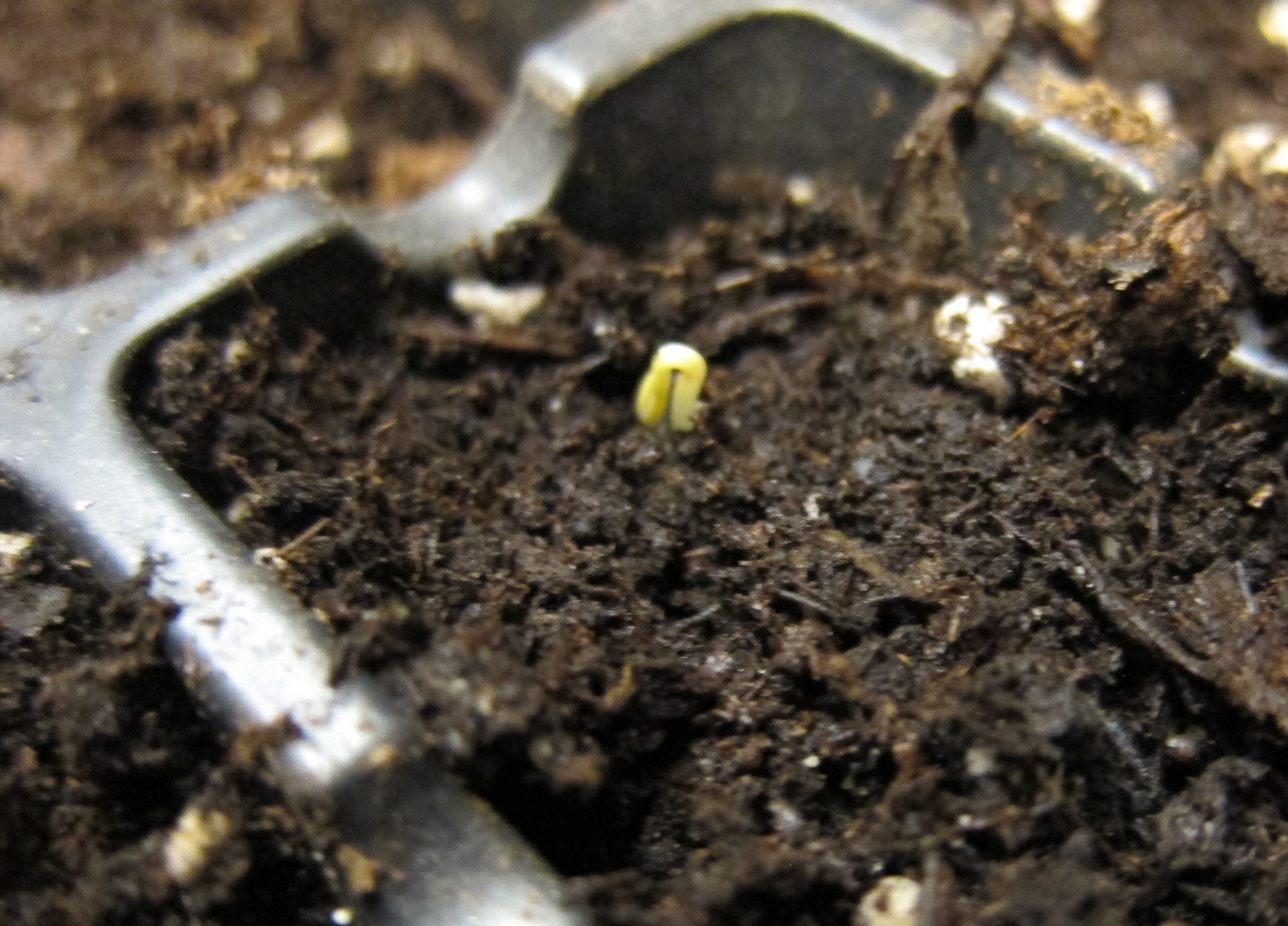
Every year I am amazed again at the wondrous thing a seed is. Kept in the right dry and cold conditions, they can survive hundreds of years. There are reports of ancient seeds that have germinated once given the necessary conditions, including 10,000-year-old wildflower seeds found in Siberia and a 2,000-year-old date palm seed in Israel.
For a seed to germinate, water must penetrate the seed coat. As the seed absorbs water, it softens and swells, eventually causing the seed coat to burst. Germination begins when the root grows out through the opening. As the root grows, branching through the soil, the stem develops and pushes its way toward the light. At the soil surface, the hooked stem pulls the cotyledons (embryonic leaves that – like the yolk of an egg – provide the new plant with nourishment) out of the soil along with the stem tip, though in some plants, the cotyledons remain under the soil.
Once real leaves develop, allowing the plant to make its own food through photosynthesis, the cotyledons wither away. There are time-lapse videos showing a seed putting out a root and stem over the period of a week or so. It is awe-inspiring to watch the small, inert-appearing seed produce a seedling plant. The exact mechanism the seed uses to accomplish this growth is not entirely understood, even by scientists who study plants. So spring, for me, is a season of joyful mystery.
Seeds come in many sizes and configurations, from dust-like petunias to large avocado pits. Marigold seeds look like little brushes and calendula seeds are c-shaped and rough. Some need help to get water to penetrate the coat. Nature accomplishes this in various ways but that usually takes time. Gardeners have learned techniques to speed up the conditions for germination (a process called stratification). There are, for example, seeds that need a period of cold. I have a small tray of harebells (Campanula rotundifolia) in my refrigerator right now which will be pulled out in a couple of weeks, and then set on a heating pad to promote germination.
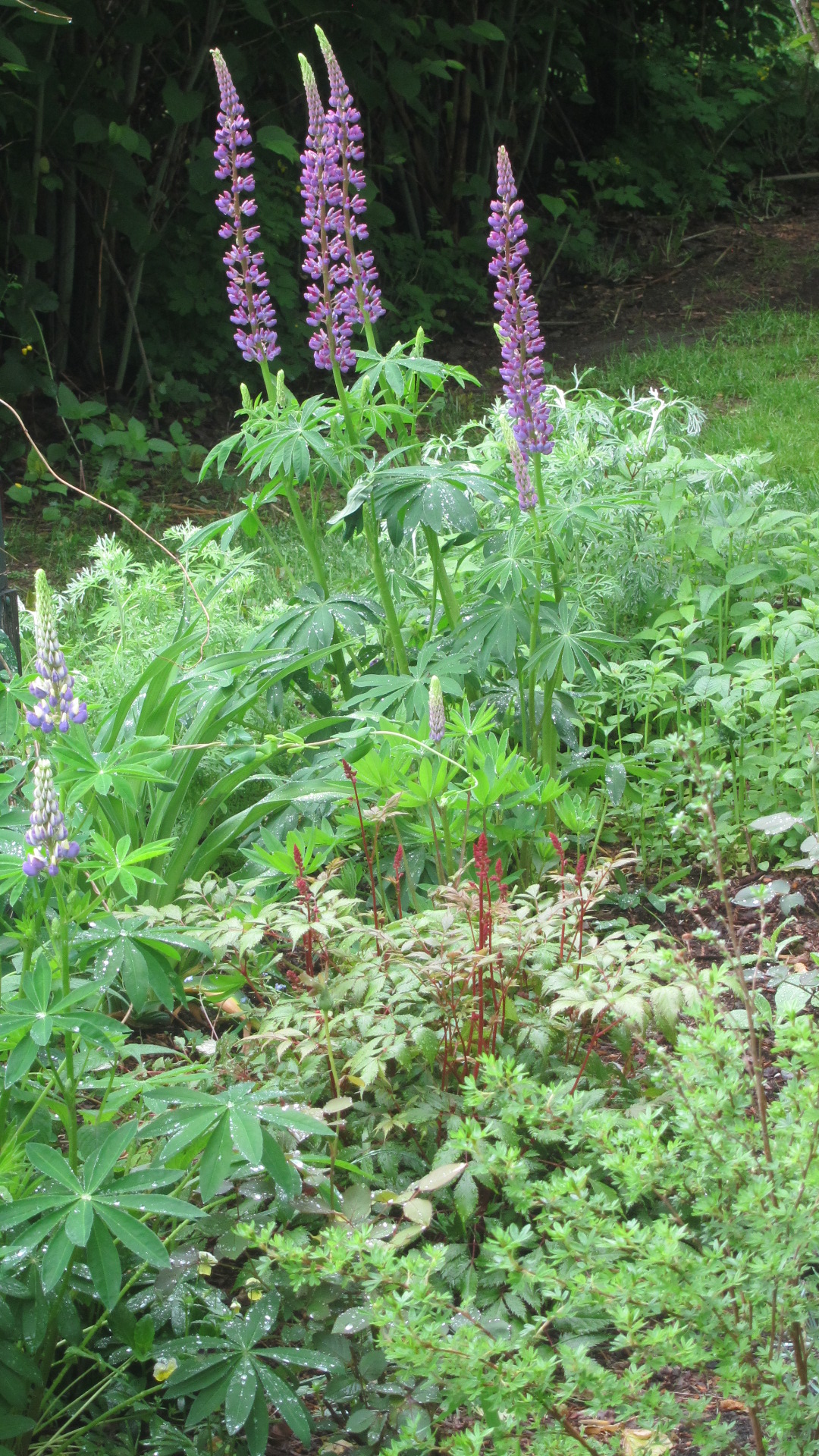
Other kinds of seeds have coats so hard gardeners are advised to crack the seed. Often the recommended technique is to use a nail clipper. I have never been able to make this work – either I clip my own finger, or the seed shoots out when pinched and disappears in the debris on the cellar floor. A couple of years ago I started seeds of three kinds of lupine for a new flower bed. Daunted by all that cracking, I finally decided to lightly crush the seeds with a wooden mortar and pestle. Worked great! I think they all germinated and the following year I had a large display of red, yellow, and white lupines.
Do you have a seed-adventure story? I hope you will share it with me in a comment below.
Jo Busha is the author of Time and the Garden.
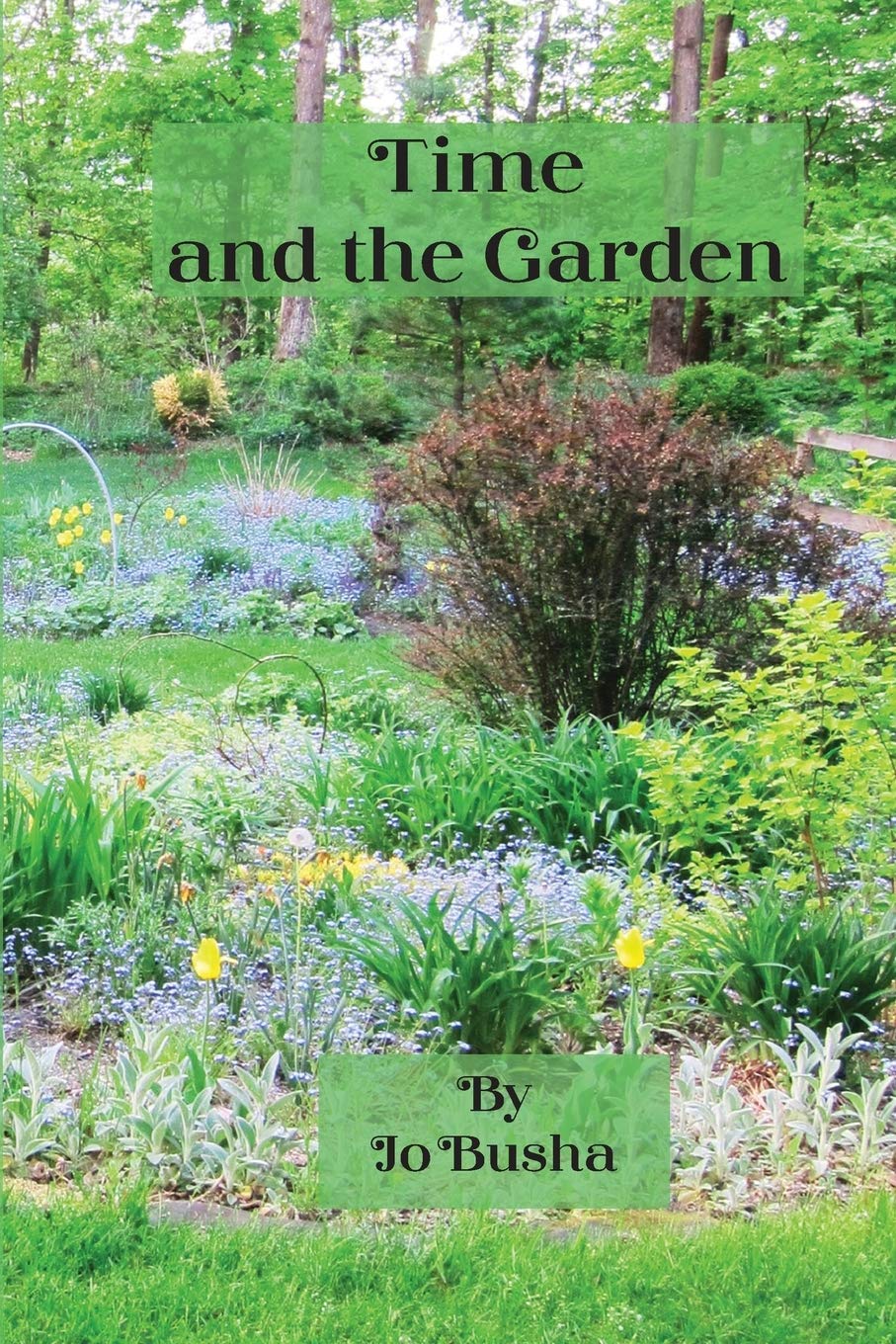
To learn about our latest science-based children’s books and workbooks, to read our latest blog posts about reptiles, birds, cats, and gardening, in a variety of locations, and about how the books come to be, what inspires an author to write, and many more interesting aspects of the publishing business, fill in the box below and we will add you to our email list.
Thank you!
